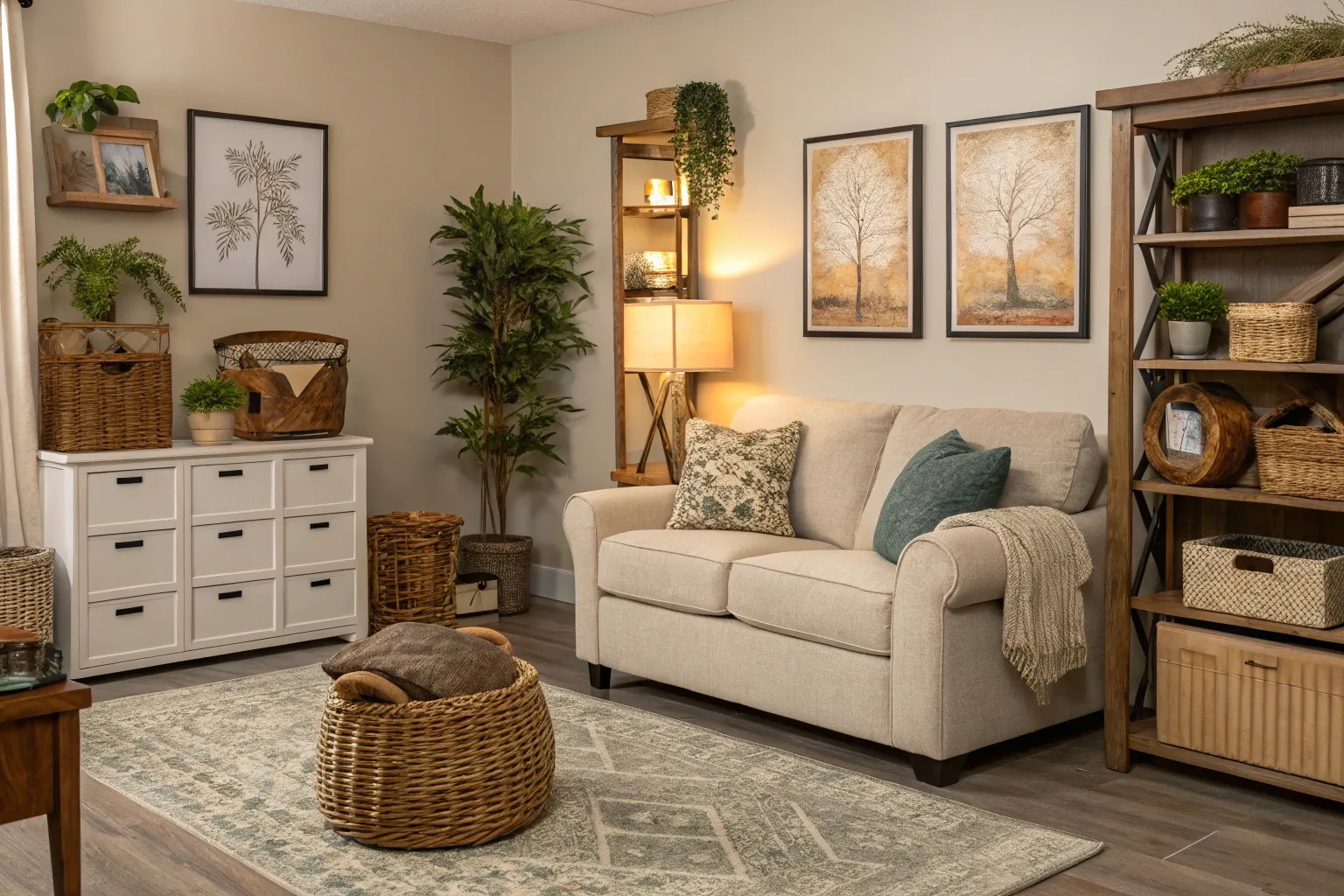The line between decoration and function has never been more beautifully blurred than in today’s purposeful design landscape. When aesthetic choices serve practical needs, we create spaces that are not only visually compelling but also deeply livable.
The Evolution of Purposeful Design
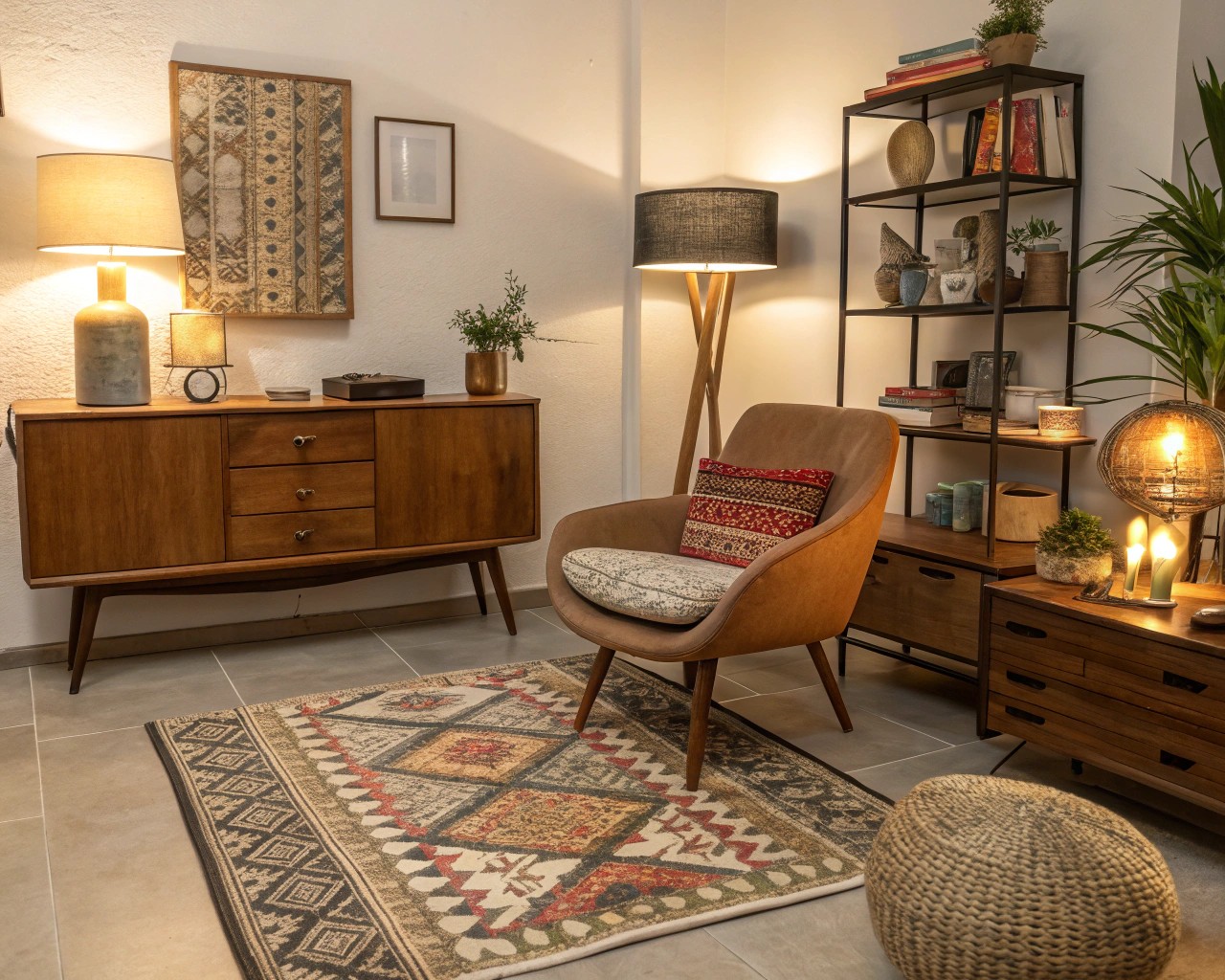
Modern living demands more from our spaces than ever before. In an era where homes serve as offices, gyms, entertainment centers, and sanctuaries, decorative elements must earn their place through both beauty and utility. This represents a fundamental shift from the traditional approach where decoration was merely ornamental to one where every aesthetic choice serves a deliberate purpose.
The concept of functional decoration goes beyond the historic “form follows function” principle. Today’s approach recognizes that beautiful elements can actively enhance how we live, work, and interact with our spaces. When we select a decorative storage box that organizes our belongings while complementing our aesthetic vision, we achieve what I call “purposeful beauty”.
Understanding Dual-Purpose Design Elements
Storage That Speaks
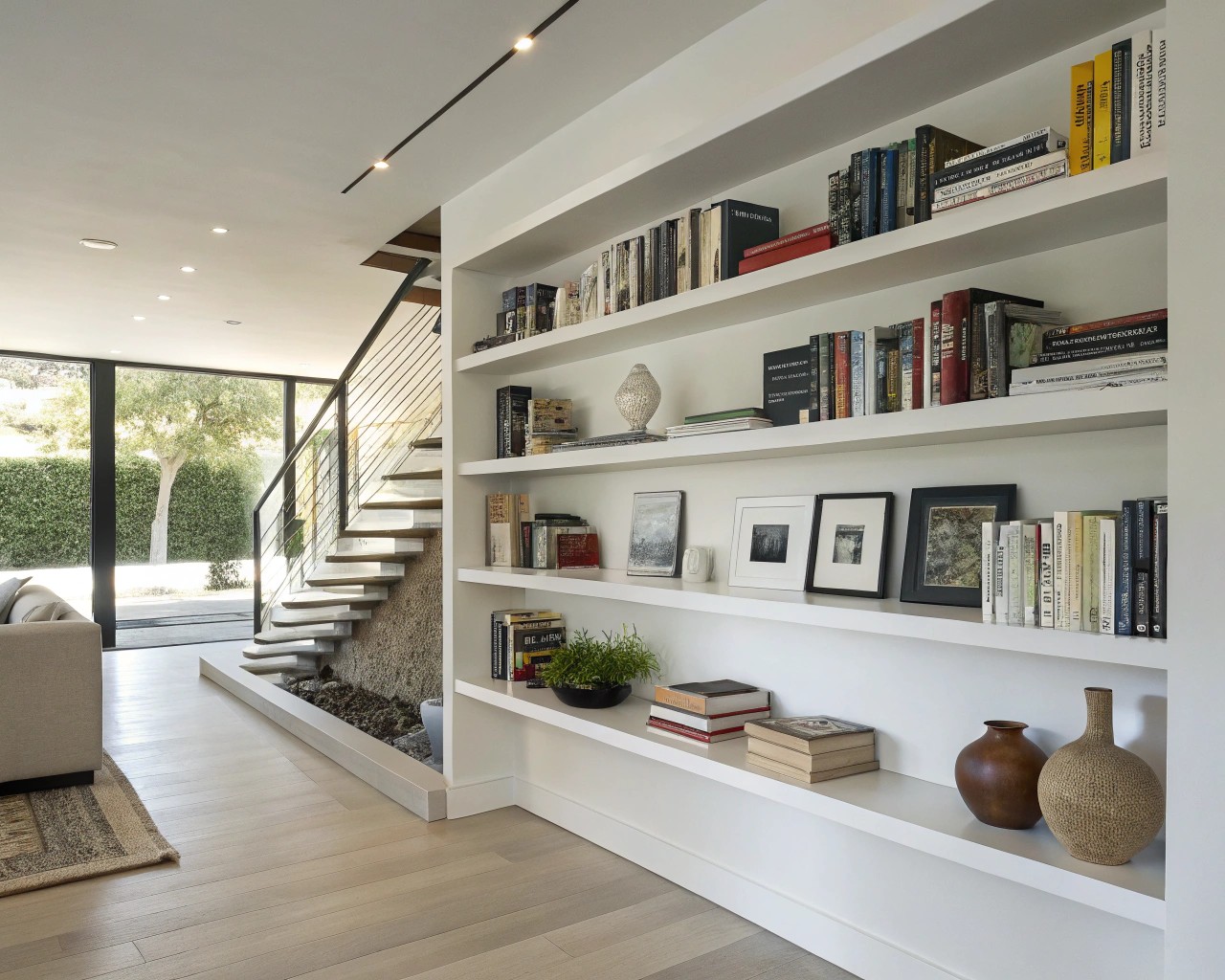
Contemporary design celebrates pieces that serve multiple roles without compromising on style. Consider these transformative examples:
| Element | Aesthetic Function | Practical Purpose |
|---|---|---|
| Ottoman with storage | Focal point seating | Hidden organization for blankets, books |
| Decorative room dividers | Visual interest, texture | Define spaces, create privacy |
| Floating shelves | Sculptural wall art | Display and storage solutions |
| Textured wall panels | Architectural detail | Sound absorption, wall protection |
Lighting as Functional Art
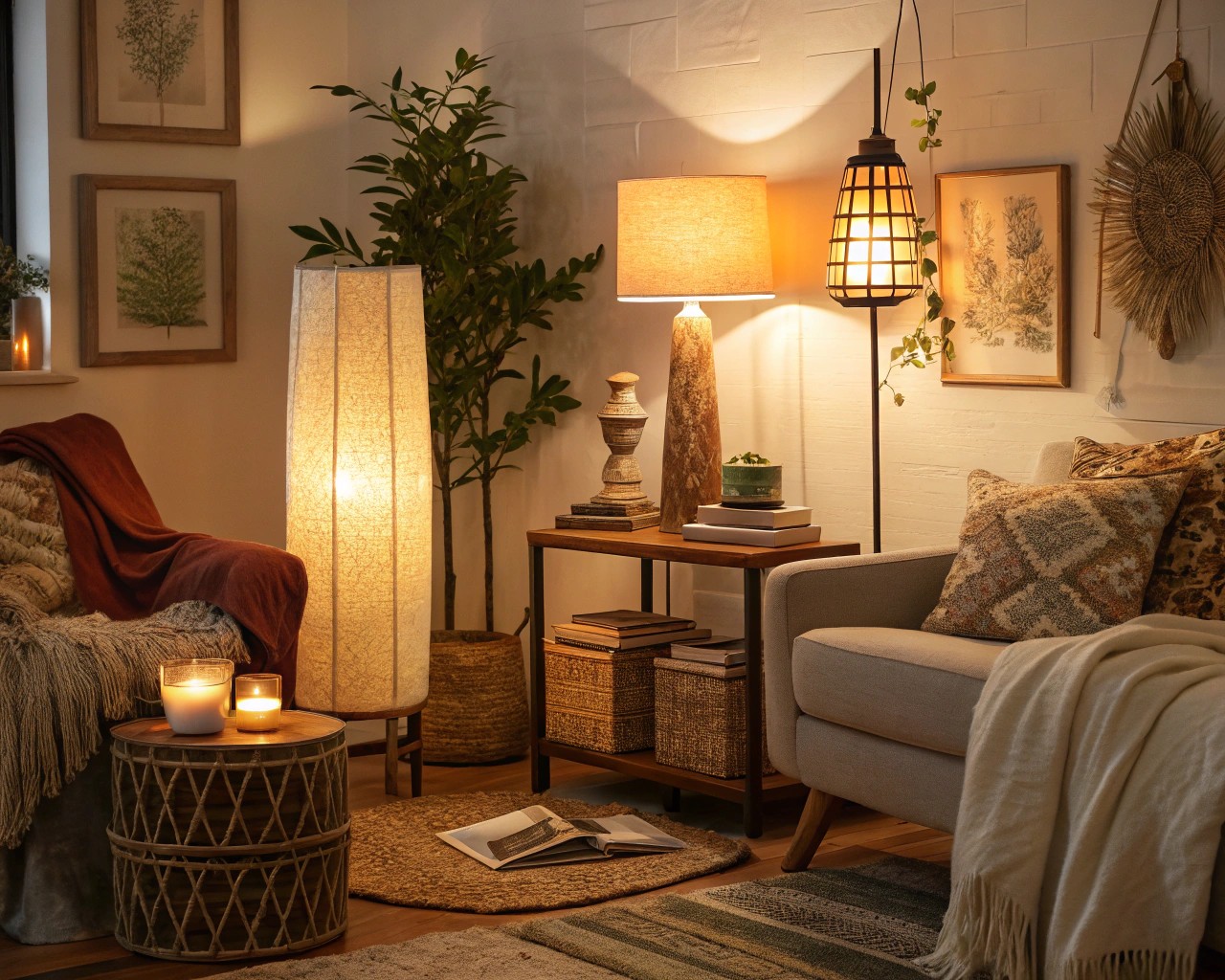
Lighting represents perhaps the most successful marriage of form and function. Statement lighting fixtures serve as sculptural elements while providing essential illumination. A carefully chosen chandelier doesn’t just light a room—it defines the space’s character, creates ambiance, and often serves as the central design element that ties everything together.
The key lies in selecting fixtures that offer layered functionality: ambient lighting for general illumination, task lighting for specific activities, and accent lighting to highlight architectural features. When these elements also serve as decorative focal points, they exemplify purposeful design at its finest.
The Psychology of Purposeful Aesthetics
Creating Emotional Connections
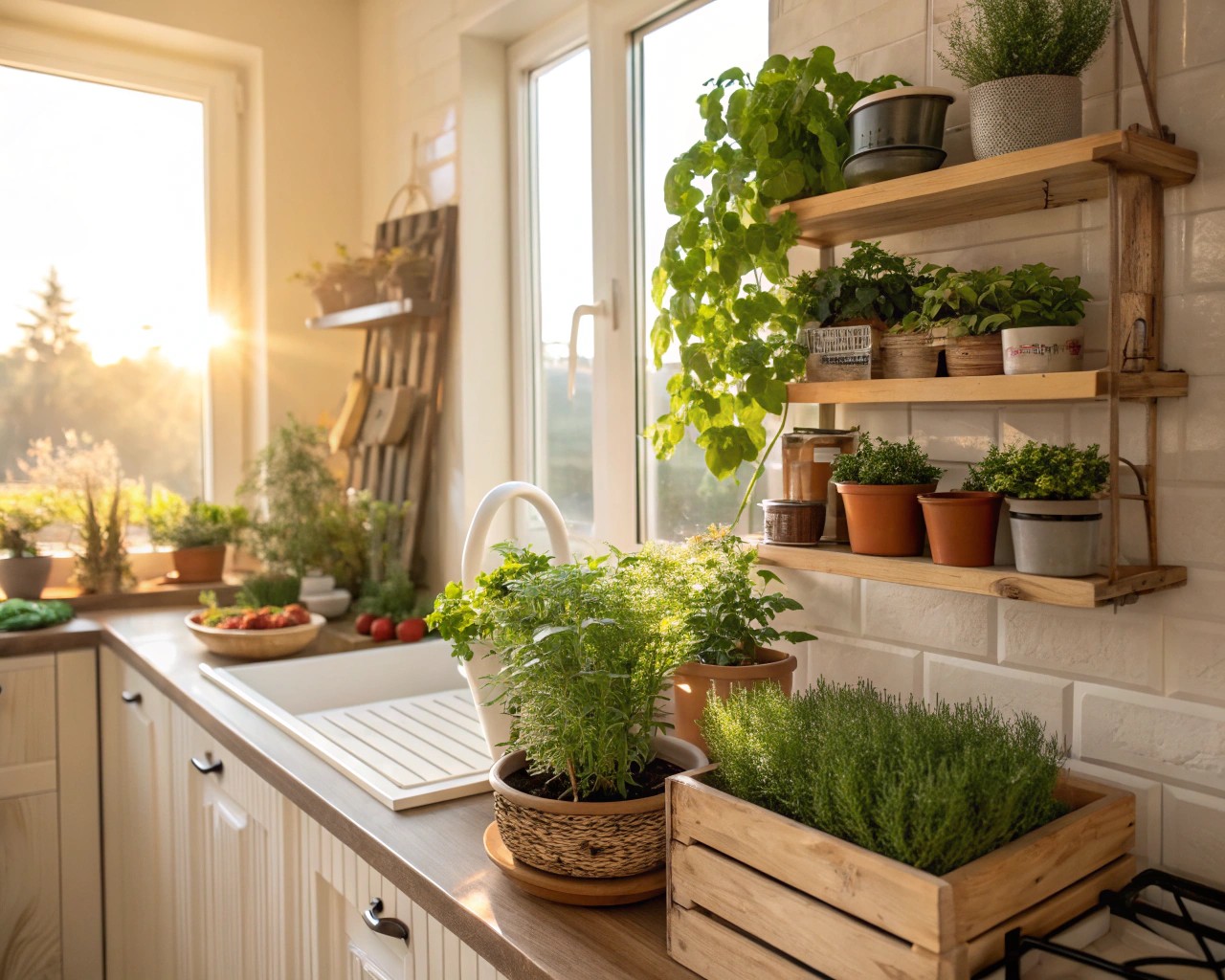
When decorative elements serve practical purposes, they create deeper emotional connections with our spaces. This phenomenon, supported by research in environmental psychology, shows that functional beauty enhances our sense of well-being and satisfaction. A beautiful water feature that also humidifies the air, or an elegant herb garden that provides fresh ingredients, engages multiple senses while serving practical needs.
Reducing Decision Fatigue
Purposeful design reduces the mental load of maintaining beautiful spaces. When aesthetic choices also solve practical problems, we spend less time reorganizing and more time enjoying our environments. This principle is particularly relevant in small spaces where every element must justify its presence.
Practical Applications by Space
Kitchen and Dining Areas
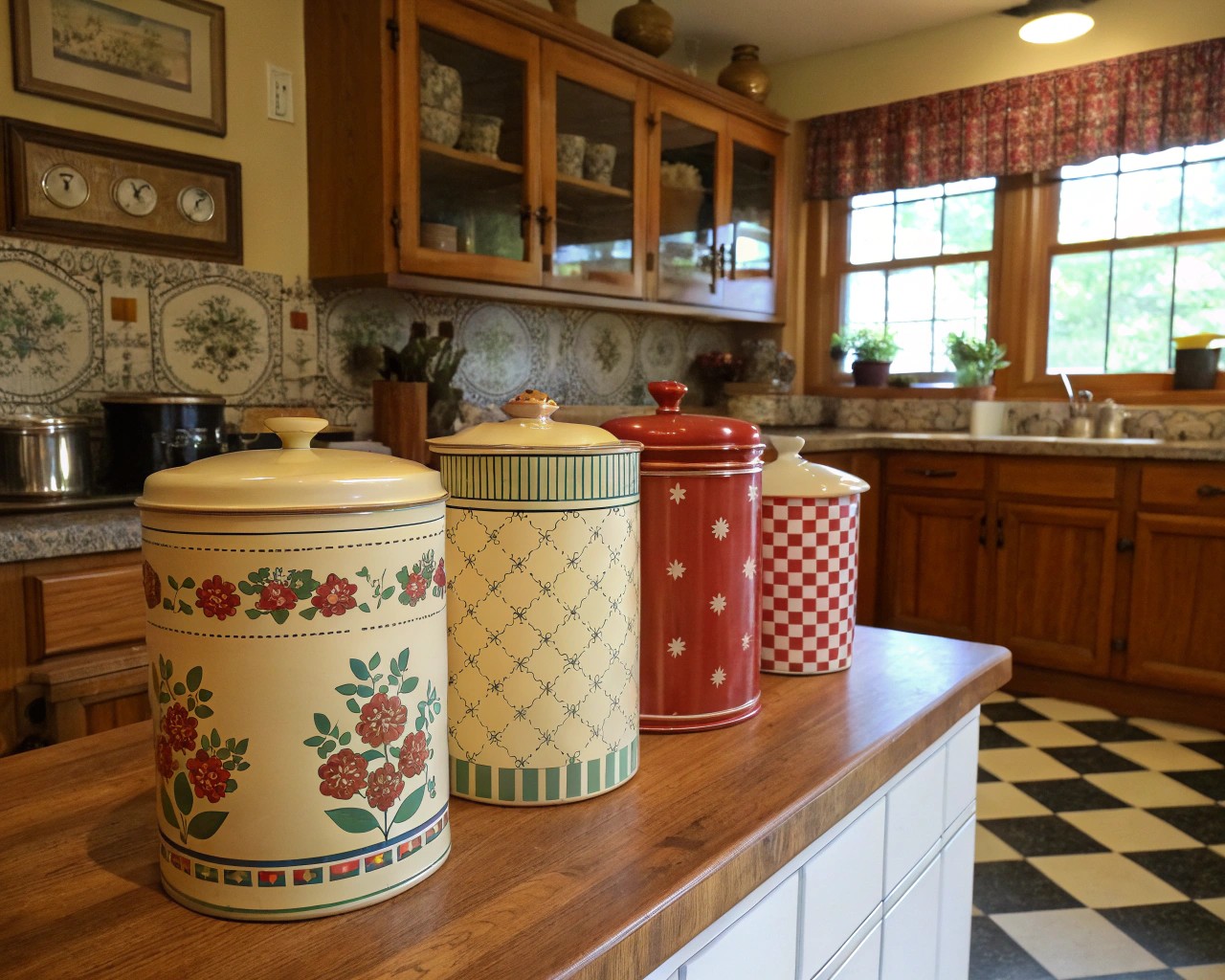
The kitchen naturally lends itself to functional decoration. Open shelving displays beautiful dishware while providing accessible storage. Herb gardens on windowsills bring natural beauty indoors while offering fresh ingredients for cooking. Decorative backsplashes protect walls while serving as dramatic focal points.
Consider incorporating:
- Copper or brass hanging pot racks that showcase cookware as art
- Vintage canisters that organize ingredients while adding personality
- Natural stone countertops that provide durable work surfaces with inherent beauty
Living Spaces
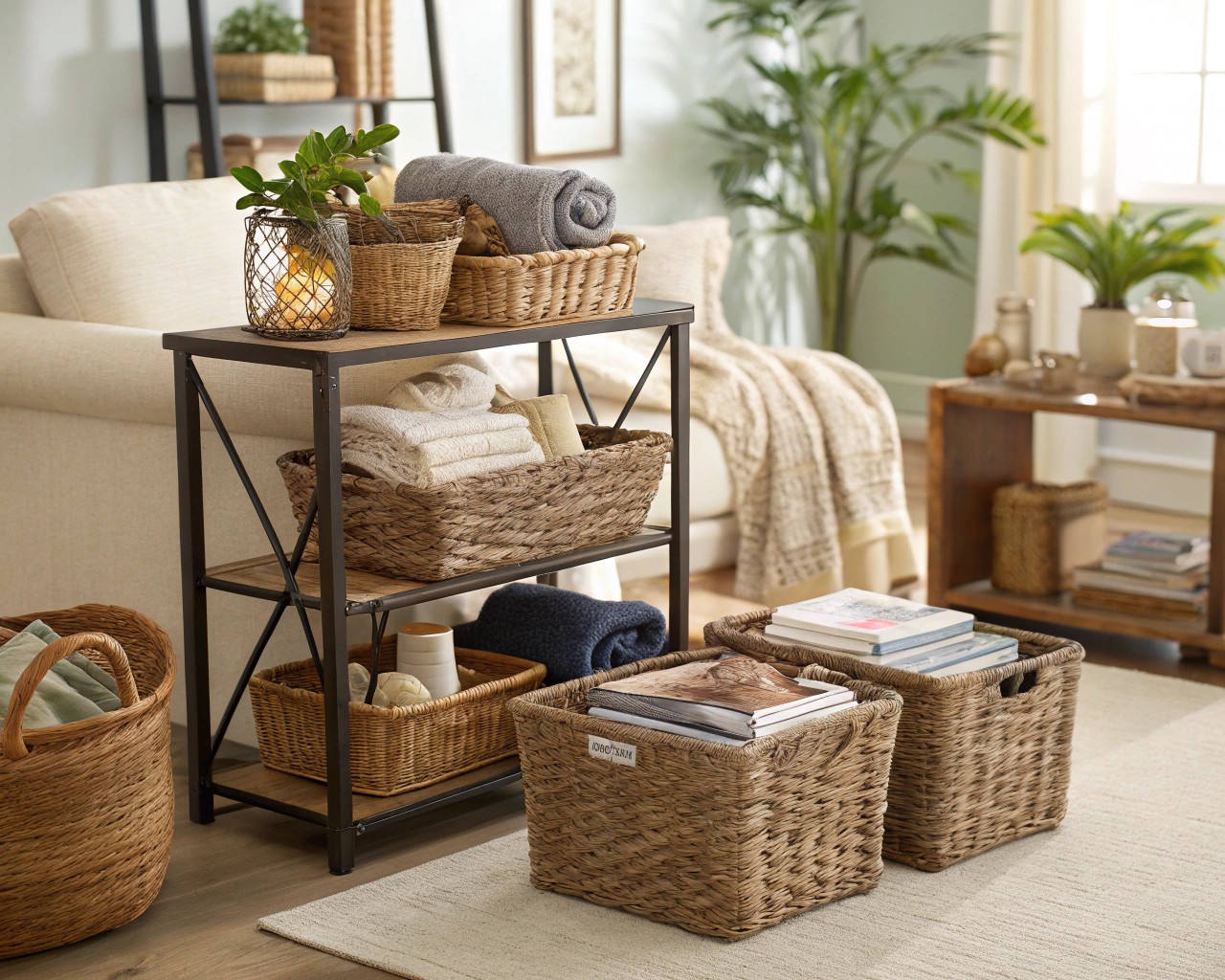
Living rooms benefit from multi-functional furniture that adapts to various activities. A sleek console table might house media equipment while displaying artwork. Decorative baskets organize children’s toys while adding textural interest. Built-in seating with hidden storage provides both comfort and organization.
Outdoor Environments
Landscape design offers endless opportunities for purposeful aesthetics. Decorative planters that also serve as privacy screens, water features that provide sound masking while creating focal points, and outdoor lighting that enhances security while setting ambiance.
Successful outdoor elements include:
- Pergolas that provide shade while defining spaces
- Raised garden beds that organize plantings while creating visual structure
- Natural stone pathways that guide movement while adding texture
Design Principles for Purposeful Aesthetics
The Unity Principle
Every element should contribute to a cohesive vision while serving its practical purpose. This doesn’t mean everything must match, but rather that each piece should feel intentional and connected to the overall design narrative.
Layered Functionality
The most successful purposeful designs incorporate multiple levels of function. A reading nook might feature:
- Built-in seating (primary function: comfort)
- Integrated lighting (secondary function: task illumination)
- Storage beneath (tertiary function: organization)
- Decorative cushions (quaternary function: seasonal color adaptation)
Sustainable Beauty
Purposeful design increasingly embraces sustainability as an aesthetic value. Natural materials like bamboo, reclaimed wood, and stone provide both beauty and environmental responsibility. This approach recognizes that truly functional design must consider long-term environmental impact.
Implementation Strategies
Start with Function, Layer in Beauty
Begin by identifying practical needs, then select solutions that also serve aesthetic purposes. This approach ensures that beauty enhances rather than compromises functionality.
Embrace Seasonal Adaptability
Choose elements that can evolve with changing needs and seasons. Modular furniture systems, interchangeable textiles, and flexible lighting allow spaces to adapt while maintaining their aesthetic integrity.
Consider Maintenance as Design
Truly purposeful design considers the long-term care of beautiful elements. Select materials and finishes that maintain their appearance with reasonable maintenance, ensuring that functional beauty remains sustainable over time.
The Future of Purposeful Design
As living spaces continue to evolve, the integration of technology with aesthetic elements will become increasingly sophisticated. Smart lighting that adjusts to circadian rhythms while serving as decorative sculptures, furniture with integrated charging stations that maintain clean lines, and living walls that purify air while creating dramatic focal points represent the next frontier of purposeful design.
The most successful spaces will be those where aesthetic choices seamlessly support how we actually live. When decoration becomes function, we create environments that are not only beautiful but also deeply supportive of human flourishing. This approach transforms our relationship with our surroundings from passive appreciation to active engagement, creating spaces that work as hard as they inspire.
In this new paradigm, every aesthetic choice becomes an opportunity to enhance both beauty and livability. The result is design that truly serves life—spaces that are as functional as they are beautiful, as practical as they are inspiring.

